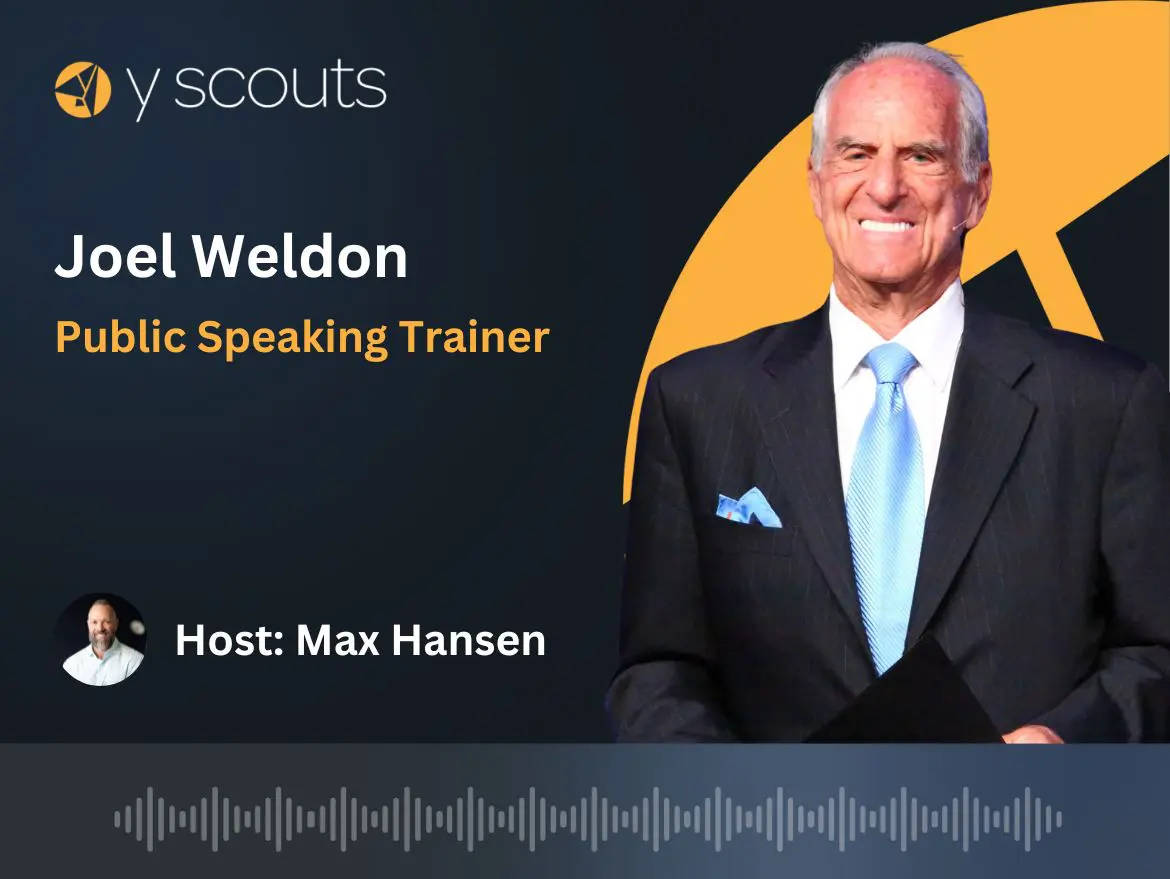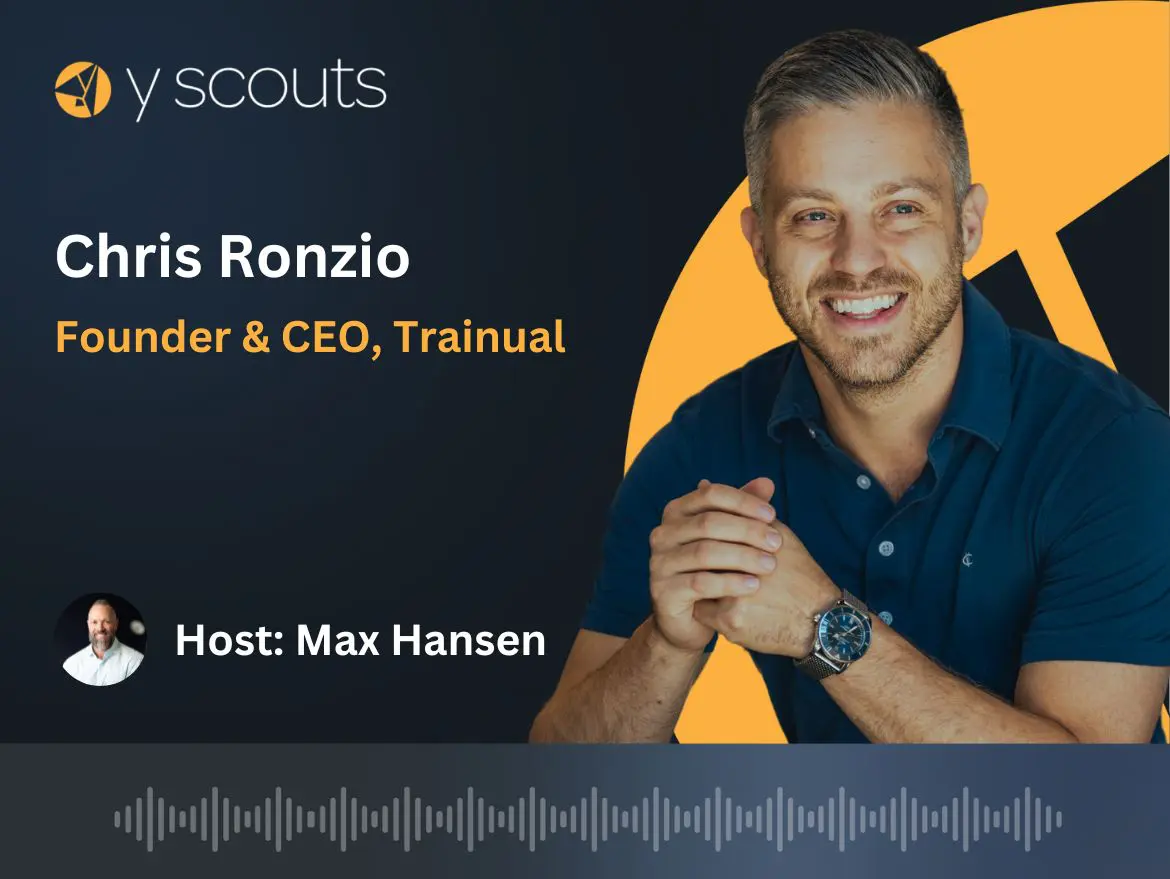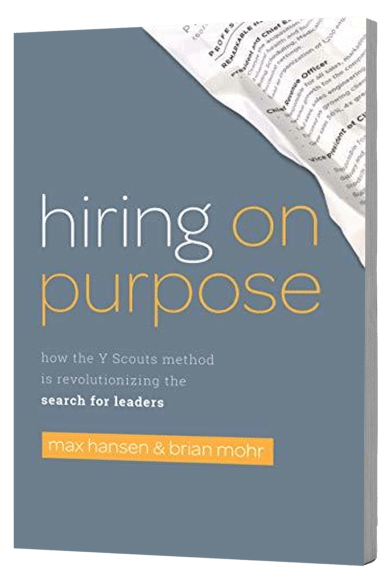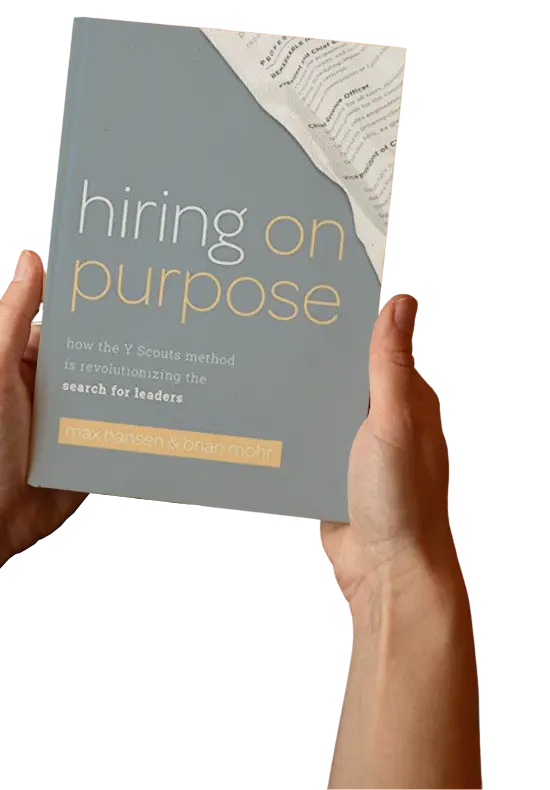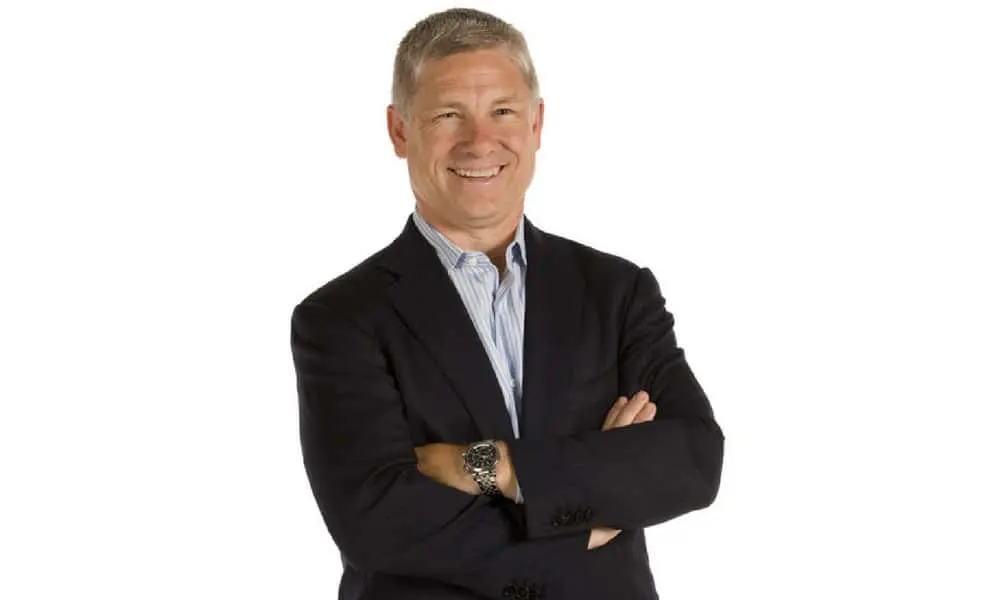
Today we’re interviewing Brian Walker, the Chief Executive Officer at Herman Miller, one of the most well-known office furniture companies. Most of you are likely familiar with Herman Miller because of the success of the Aeron Chair. In fact, you might be sitting on one right now.
A deeper dive into the world of Herman Miller reveals quite a few special stories. In this engaging conversation with Brian Walker, who has been the CEO of Herman Miller since 2004, we touch on a variety of topics. Those include: some of the high-impact leadership lessons Brian learned at an early age through his involvement in youth sports, his deep focus on always taking advantage of the experiences life has to offer, and an emphasis on spending time with people—which is interesting, because Brian comes from the accounting and finance world prior to taking over as CEO of Herman Miller.
Another topic we touch on is how it’s often easy for leadership teams to reject the feedback from employees until the leadership team is actually a part of that firsthand experience, in perhaps losing a deal. Brian Walker also shares the importance of staying in front of the customers, the importance of keeping communication lines open within an organization, especially as it grows larger—because the best ideas can bubble up from those who may surprise you. (Everyone on your team has a special gift, if you just pay attention.)
Given that Brian Walker is the CEO of Herman Miller, we’ll talk about the power of design in the workplace—and how we’ve moved from the Industrial Revolution, where work was designed in a linear fashion, to the world we live in today: the knowledge economy, where serendipity rules.
Finally, we cover how Herman Miller, a publicly traded organization, balances the needs of all of their stakeholders and ensures that they build something successful from a long-term perspective.
Enjoy this great interview with Brian Walker.
Table of Contents
ToggleShow Highlights
- 3:08 – Brian Walker on growing up in Michigan
- 4:22 – The defining moment that changed the course of Brian’s life
- 7:14 – Story of taking leadership in 7th grade among football teammates
- 9:26 – How he “found his purpose”
- 13:09 – Starting out in finance and accounting but also appreciating people and experiences
- 16:35 – Brian Walker on making time to stay “out in front” with the customers & dealing with losses
- 20:37 – Pushback from the team
- 24:27 – Herman Miller founder D.J. De Pree’s quote on maintaining the humanity in business
- 27:31 – Corporate purpose of Herman Miller: “Inspiring designs to help people do great things.”
- 29:32 – Do companies & leaders today underestimate or undervalue the power of design in the workplace?
- 33:20 – Growing presence of the virtual workforce
- 37:20 – Employee engagement & having a “best friend” at work
- 38:15 – The Greenhouse (Herman Miller’s corporate campus in Holland, Michigan) & the beehives there
- 42:52 – Spirit of open, honest communication
- 45:08 – Balancing the needs of all Herman Miller stakeholders
- 51:30 – Reflecting on your personal legacy
Show Links
Brian Walker Interview
During your childhood and more formative years, was there any defining moment for you that perhaps altered the course of what your life was going to look like?
The first one that kind of jumped out at me is kind of funny—I played little league football for many years, and we had a team that was kind of like the Bad News Bears. Not particularly good; we were kind of a ragtag bunch. We had the tendency to fight more than we’d play. Our last year we got to play together—we all got together and said, “Hey, look, we really have to try to win this thing.” I remember one of my big jobs—I got the guys together and every week we’d practice. These were 7th graders, running plays and knowing who was where.
We went on and did really well, and that was sort of my first foray into leadership. I sort of rallied the group around even though I had no real positional authority. But we all tied for the city championship, after a team that had never had a winning season.
Probably the next big one for me: When I graduated from high school, I remember I didn’t know what I was going to do. I wasn’t sure if I was going to go on to college, even though I was a decent student. So I was going to leave to go work on the loading docks in Seattle, where my brother lived. I was going with one of my cousins, and later in the summer he met a girl and decided not to go.
So I ended up sitting down with my dad, and he looked at me and said, “Listen, you have two choices. You can figure out how to pay for yourself to go to school, or you can move out and get a job. But you’re not going to live here without trying to do something.”
I remember that as a real watershed. Because from that point on, I went for a couple years to a junior college, then up at Michigan State. I was a non-traditional student, because I was working pretty much full-time. That changed my whole outlook on what I wanted to do, and what I thought about as my purpose.
The corporate purpose of Herman Miller is “inspiring designs to help people do great things.” How long ago was this corporate mission born?
We really codified it probably five or six years ago. The reason it felt so natural is it’s been at the heart of the company for its entire existence. We’d often say it’s a bit of a duality. Part of what D.J. put the company on a path to do was to find great authors (in this case, designers) who would bring him their best ideas and he believed they’d do that because he would abandon himself to their creativity. That’s unique, because most companies would say, “I want you to design these.” D.J. would say, “I want to make great relationships with people who will bring me their best ideas. If you bring us your best ideas, we will abandon ourselves to making your idea come to life.”
Part of the duality here is, how do we inspire people to do great designs? The other thing is, how do we make sure our products are inspiring to the users? Whether that is, they’re just so beautiful that they make you feel better, or they’re inspiring because you’re more comfortable. Therefore, you’re able to do more important work in a better way.
We see it as both of those. We want to constantly nurture the design and creative element for society to bring us great ideas, and to see us as a conduit for them.
Many say that we spend 2/3 of our adult life at work. Do you think companies and leaders today still underestimate or undervalue the power of design in how we create where we end up spending all of this time?
There are clearly organizations who “get it.” But if you think about it, in some ways, what we did in the ’80s and ’90s was we organized our knowledge people in the same way we thought about factories. We set everyone up in a linear fashion across departments to move work from place to place. Yet we know that most knowledge work is best done in a more serendipitous way, not linearly. That’s where the real power comes from.
I think there’s a bit of a revolution happening today. Our young people have been fortunate that by the way technology has evolved, we’ve almost come full-circle to the days when our brainstorming happened before computers. When people got together, they really had to think about things and write them down. And spend time as a group talking through it.
Over time, we became slaves to one particular place to sit and stare at a tube, whereas whether digitally or face-to-face organically, we see that coming around again. We believe the best companies recognize this need to create culture through place, and culture is what will ultimately drive the innovation they need to compete. You can see this at places like Facebook. You see companies that realize the importance of places providing sort of strange attractors for the talent they need.

I think some people still see their places as a cost center, rather than as an asset. The companies that will win the war for talent—there are some great examples around the world, like Commonwealth Bank in Australia. It’s completely fixated on how the places prove one of their most valuable assets for not only attracting people, but for helping their people become as productive as possible. That’s in some ways the opposite of what most of us think. And that’s by creating spaces that makes them absolutely want to be there, because they find the other people that are there are inspiring to them as well.
I want to talk about the Greenhouse—your corporate campus in Holland, Michigan. I believe it was in 1995 that you opened the office there, and when you moved in, you invited some new friends—I think six or seven hundred thousand bees living in 12 hives. You’re actually bottling the honey, and using it as a token of appreciation for all your stakeholders. Share how this came to be (all puns intended).
In some ways, this is a great connection back to D.J. in his belief that everybody has a special gift. And sometimes, we just miss those gifts. When we built the greenhouse, rather than developing lush lawn landscapes that required mowing, we would use the low-maintenance, natural wildflowers from the area. It was also very much in keeping with the natural terrain. Brilliant idea, looks beautiful, inexpensive to maintain, didn’t take any water.
The negative: in those flowers, a bunch of paper wasps had a tendency to attack people exiting their cars. So suddenly we have this new, beautiful building surrounded by these flowers, but the wasps attacked people. The question became, what should we do? The initial response was to get a pest control guy out here to spray some pesticides.

It turns out, a guy who worked in our facility happened to be a beekeeper on the side. He knew that one of the natural enemies of the wasp was the honeybee. He came up with the idea that we would actually plant honeybees on the property to chase off the wasps. We also wouldn’t have to use pesticides—and the byproduct was our own honey that we can give to guests.
What’s most important about that story is the fact that, here’s a guy that nobody knew was a beekeeper. We saw him as a member of the facilities team. Luckily, he put his head up above and said, “Hey, I’ve got a better idea.”
To me, the lesson is we need to always look beyond the jobs people have or what’s on their resume. Then, we can see, what are the other things they do or care about that can add value in surprising ways?
Listen to Brian Walker and more Built On Purpose podcast guests at yscouts.com/podcast.
Y Scouts, a leadership search firm, finds purpose-aligned and performance-proven leaders to help organizations achieve their missions faster. Ready to supercharge your leadership search and get the right person in your organization? Contact Y Scouts.


